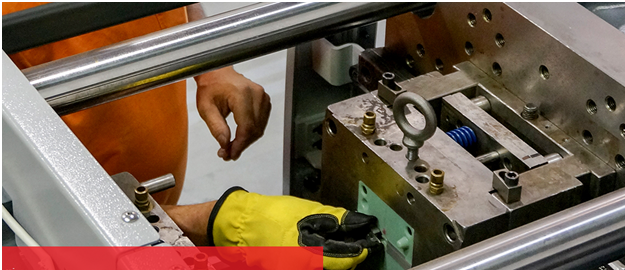A prototype technology that is relatively new to the scene involves making a plastic injection mold using fused deposition modeling (FDM). Traditionally the only way to get an actual molded part rapidly has been to make an aluminum plastic-injection mold. Aluminum molds are good for 5,000 parts and often more, but it usually takes 4 weeks to bring one on line. A 3D-printed mold can be brought on line in as little as 3 to 5 days.
A traditional molding press can be used for this process. The mold frame, known as the Master Unit Die, or MUD set, is also standard. MUD sets can be purchased from numerous suppliers and don’t need to be custom-manufactured for each project. The only customized parts for this process are the cavity and core of the mold.
Advantages
The cavity and core are made from a polymer like Ultem that has a high melt temperature and tensile strength. Other more common plastics, such as ABS or Polypropylene, have a lower melt temperature than Ultem. This makes it possible to mold a lower melt temp plastic part using a high melt temp plastic mold.
The 3D-printed molds typically can only be used for 50 to 100 parts, but this is often more than enough to prove out a design. If more parts are needed, both the core and cavity can be remade or an aluminum tool can be launched in parallel with the 3D-printed core and cavity.
Disadvantages
3D-printed molds will not necessarily be optimal for every project because they cost more than cast urethane parts. But sometimes there is no other way to prove out a design unless the actual part is molded. The cost of doing R&D far exceeds the cost of a 3D-printed mold, so this process fills a new niche between aluminum tooling and cast urethane parts with the benefit of having full material properties.
Let Pongratz Engineering assist you with selecting the appropriate prototyping process for your next project. Contact us at 612-384-0122 or at www.pongratz-engineering.com
NEXT UP: SLA Molds for Liquid Silicone Rubber Parts
Related Posts:

